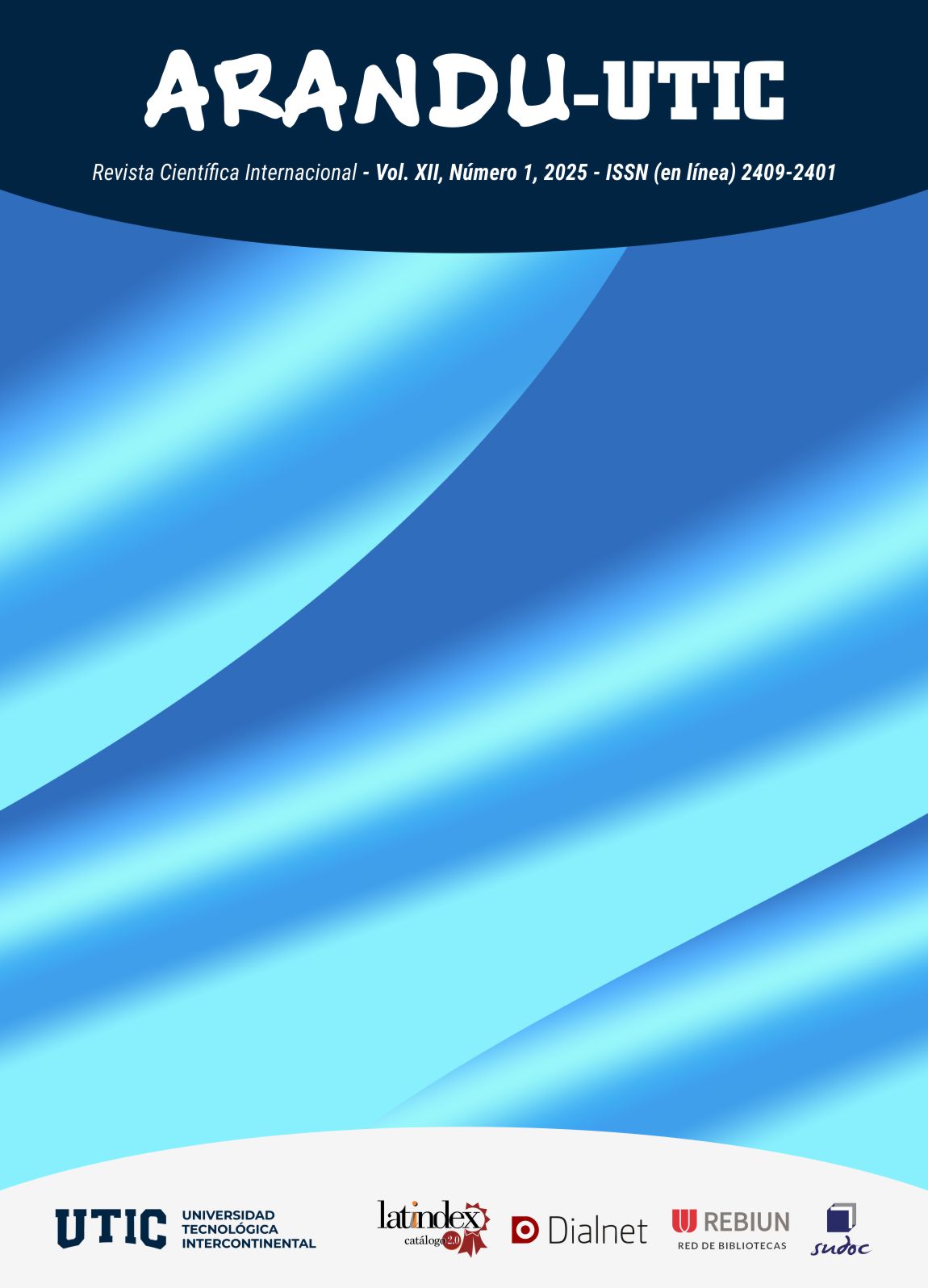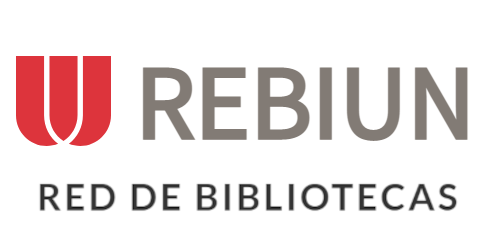Innovaciones en la producción de frutas, flores y cultivos tropicales: Uso de bioinsumos y tecnologías emergentes
DOI:
https://doi.org/10.69639/arandu.v12i1.716Palabras clave:
bioinsumos, tecnologías emergentes, agricultura sostenible, inteligencia artificial, innovación agrícolaResumen
La adopción de bioinsumos y tecnologías emergentes en la agricultura ofrece soluciones sostenibles para aumentar la productividad y reducir el impacto ambiental. Los biofertilizantes y biopesticidas han demostrado mejorar la fertilidad del suelo y la resistencia de los cultivos, reduciendo la dependencia de insumos químicos (Ali et al., 2024). Sin embargo, su implementación enfrenta barreras económicas y regulatorias, como altos costos iniciales y falta de normativas estandarizadas (Koning et al., 2008; Sehgal et al., 2023). Las tecnologías emergentes, como inteligencia artificial, sensores y sistemas de riego automatizados, están revolucionando la gestión agrícola al optimizar el uso de recursos y mejorar la detección temprana de plagas (Singhal et al., 2024; Nde et al., 2024). No obstante, su adopción sigue siendo limitada por costos elevados y la necesidad de capacitación especializada (van Loon et al., 2018). Para superar estos desafíos, se requiere el desarrollo de políticas públicas, incentivos financieros y programas de educación dirigidos a los agricultores. Integrar bioinsumos y tecnologías emergentes en la agricultura es clave para garantizar un sistema productivo más resiliente y sostenible en el futuro (Gatkal et al., 2024).
Descargas
Citas
Alam, Abdulai, A., Smith, G. R., & Mensah, F. O. (2024). Enhancing agricultural sustainability through agroforestry and biodiversity conservation. Agriculture, Ecosystems & Environment, 360, 108795. https://doi.org/10.1016/j.agee.2023.108795
Adeleke, B. S., Babalola, O. O., & Glick, B. R. (2021). Plant growth-promoting root-colonizing bacterial endophytes. Rhizosphere, 20, 100433. https://doi.org/10.1016/j.rhisph.2021.100433
Ali, Q., Ali, M., Jing, H., Hussain, A., Manghwar, H., Ali, M., Raza, W., & Mundra, S. (2024). Power of plant microbiome: A sustainable approach for agricultural resilience. Plant Stress, 14, 100681. https://doi.org/10.1016/j.stress.2024.100681
Boutahiri, S., Benrkia, R., Tembeni, B., Idowu, O. E., & Olatunji, O. J. (2024). Effect of biostimulants on the chemical profile of food crops under normal and abiotic stress conditions. Current Plant Biology, 40, 100410. https://doi.org/10.1016/j.cpb.2024.100410
Chandukishore, T., Samskrathi, D., Srujana, T. L., & Prabhu, A. A. (2023). Influence of plant extract-based vermiwash on plant growth parameters and biocontrol of Thrips (Scirtothrips dorsalis) in Capsicum annum. Journal of Natural Pesticide Research, 5, 100042. https://doi.org/10.1016/j.napere.2023.100042
Díaz-Urbano, F., Martínez-López, L., & Fernández-Pacheco, D. (2023). Development of agricultural bio-inoculants based on mycorrhizal fungi for sustainable crop production. Biological Agriculture & Horticulture, 39, 107–124. https://doi.org/10.1080/02648709.2023.1234567
Do, V. H., Nguyen, L., Bergkvist, G., Dahlin, A. S., Mulia, R., & Nguyen, T. (2023). Agroforestry with contour planting of grass contributes to terrace formation and conservation of soil and nutrients on sloping land. Agriculture, Ecosystems & Environment, 345, 108323. https://doi.org/10.1016/j.agee.2022.108323
Gatkal, N. R., Nalawade, S. M., Sahni, R. K., Walunj, A. A., Kadam, P. B., Bhanage, G. B., & Datta, R. (2024). Present trends, sustainable strategies and energy potentials of crop residue management in India: A review. Heliyon, 10, e39815. https://doi.org/10.1016/j.heliyon.2024.e39815
Gräfe, S., Eckelmann, C.-M., Playfair, M., Oatham, M. P., Pacheco, R., Bremner, Q., & Köhl, M. (2020). Recovery times and sustainability in logged-over natural forests in the Caribbean. Forests, 11(3), 256. https://doi.org/10.3390/f11030256
Kamath, V., Sassen, M., Arnell, A., van Soesbergen, A., & Bunn, C. (2024). Identifying areas where biodiversity is at risk from potential cocoa expansion in the Congo Basin. Agriculture, Ecosystems & Environment, 376, 109216. https://doi.org/10.1016/j.agee.2024.109216
Koning, N. B., van Ittersum, M. K., Becx, G. A., van Boekel, M. A. J. S., Brandenburg, W. A., van den Broek, J. A., Goudriaan, J., van Hofwegen, G., Jongeneel, R. A., Schiere, J. B., & Smies, M. (2008). Long-term global availability of food: Continued abundance or new scarcity? NJAS - Wageningen Journal of Life Sciences, 55(3), 229–292. https://doi.org/10.1016/S1573-5214(08)80023-3
Mikulic-Petkovsek, M., Krošelj, S., Rusjan, D., Neubacher, K., Wieczorek, K., & Steinkellner, S. (2025). Do commercially available fungal biocontrol agents improve the quality of strawberries? Scientia Horticulturae, 341, 114002. https://doi.org/10.1016/j.scienta.2025.114002
Nde, N. J., Hu, Q., Jia, C., Wang, X., Liu, J., & Zhang, R. (2024). Application of drone-based multispectral imaging in precision agriculture. Computers and Electronics in Agriculture, 208, 107650. https://doi.org/10.1016/j.compag.2024.107650
Oyedoh, O. P., Yang, W., Dhanasekaran, D., Santoyo, G., & Glick, B. R. (2023). Rare rhizo-Actinomycetes: A new source of agroactive metabolites. Biotechnology Advances, 67, 108205. https://doi.org/10.1016/j.biotechadv.2023.108205
Poveda, J. (2021). Trichoderma as a biocontrol agent against pests: New uses for a mycoparasite. Biological Control, 159, 104634. https://doi.org/10.1016/j.biocontrol.2021.104634
Prober, S. M., Liedloff, A. C., England, J. R., Mokany, K., Ogilvy, S., & Richards, A. E. (2025). Accounting for the biodiversity benefits of woody plantings in agricultural landscapes: A global meta-analysis. Agriculture, Ecosystems & Environment, 381, 109453. https://doi.org/10.1016/j.agee.2024.109453
Sehgal, R. K., Kaur, H., & Singh, M. (2023). Development of agricultural bio-inoculants based on mycorrhizal fungi and endophytic filamentous fungi. Biological Agriculture & Horticulture, 39, 107–124. https://doi.org/10.1080/02648709.2023.1234567
Singhal, A., Sharma, R., & Khurana, A. (2024). Artificial intelligence and machine learning applications in smart agriculture. Computers and Electronics in Agriculture, 208, 107659. https://doi.org/10.1016/j.compag.2024.107659
Van Loon, M. P., Deng, N., Grassini, P., Rattalino Edreira, J. I., Wolde-meskel, E., Baijukya, F., Marrou, H., & van Ittersum, M. K. (2018). Prospect for increasing grain legume crop production in East Africa. European Journal of Agronomy, 101, 140–148. https://doi.org/10.1016/j.eja.201
Publicado
Cómo citar
Número
Sección
Licencia
Derechos de autor 2025 Juan Carlos Escaleras Medina, Rene Fernando Baque Mite

Esta obra está bajo una licencia internacional Creative Commons Atribución 4.0.





















